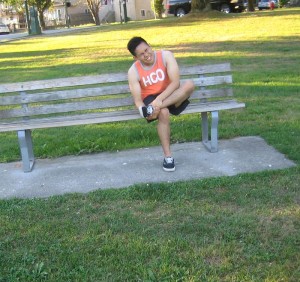Foot blisters might form due to friction. Prolonged standing or walking places pressure on the toes, heels and soles. The longer one is on his/her feet throughout the day, the higher the risk for blisters.
What are the other causes?
Wearing poorly fitting shoes can also result to foot blisters. Shoes that are too tight or loose can rub against the skin. This results to friction where fluid accumulates beneath the upper skin layers.
Excess moisture or perspiration can also cause foot blisters. This is likely to occur during the warm season especially among runners. The blisters form once the sweat blocks the pores in the feet. A sunburn can also result to the formation of blisters.
Other possible causes of foot blisters include the following:

- Allergic reaction
- Frostbite
- Herpes
- Fungal infections
- Chemical exposure
- Chickenpox
- Dyshidrotic eczema
- Bacterial infections
Management of foot blisters
Foot blisters must be left alone even if you are tempted to break it open. It is recommended to leave blisters intact due to the risk for an infection if it breaks. Placing an adhesive bandage can protect the blister as it heals.
If left alone, foot blisters will later harden and disappear. Until this occurs, the bubble can be uncomfortable depending on its size. While it is not advisable to break open a blister, safely draining one can provide relief.
The steps in safely draining foot blisters include the following:
- Wash hands using antibacterial soap and warm water
- With a cotton swab and rubbing alcohol, disinfect a needle.
- The blister must be cleaned with an antiseptic
- With the needle, create a small puncture in the blister.
- Allow the fluid to fully drain.
- Dab on an antibacterial cream or ointment on the blister
- Wrap the blister with gauze or bandage
- Clean and reapply the antibacterial ointment daily. Make sure that it is covered as it heals.
More Information / Disclaimer
The information posted on this page on foot blisters is for learning purposes only. Learn more about the causes and how it is treated by taking a standard first aid course with Red Deer First Aid.
